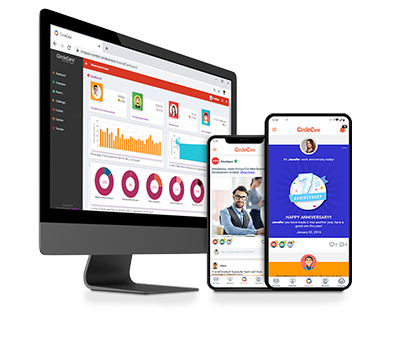4 Best Practices for Documenting Treatment Plans in Therapy
Accurate and detailed documentation of treatment plans is vital in therapy. It plays a key role in enhancing care effectiveness and ensuring seamless continuity between sessions. Thoughtfully documented treatment plans not only help therapists track client progress and set achievable goals but also ensure compliance with ethical and legal standards.
With about one in five U.S. adults having recently received some form of mental health care—an increase of almost 15 million people in treatment since 2002—the importance of effective documentation is more critical than ever. By following structured practices in documentation, therapists can create clear, practical roadmaps that benefit both patients and clinicians.
Effective documentation involves more than taking notes; it is a commitment to building a framework that supports meaningful progress and adaptability within each unique therapeutic journey. Here, we explore four best practices that therapists can adopt to enhance their documentation of treatment plans.

Corporate Wellness App
CircleCare
Use Electronic Health Record Tools to Streamline Documentation
In the digital era, EHR tools offer therapists substantial benefits for managing their records more efficiently. These digital platforms replace paper, ensuring secure, orderly, and accessible records. EHR systems often include customizable templates that help therapists maintain consistency in documenting key treatment aspects like goals and progress.
EHR tools also enhance security and confidentiality, meeting HIPAA standards and other privacy regulations crucial for client information protection. With built-in encryption and secure login features, these platforms make it easier for therapists to uphold client privacy while accessing treatment plans from various devices when necessary.
Beyond that, EHRs allow therapists to quickly reference past notes and progress, which aids in adapting the treatment plan over time without sifting through piles of paper records. Using EHR tools is more than just a convenient option; it is a strategic choice for accuracy, efficiency, and improved client care.
Detail Interventions and Techniques
Recording specific interventions and therapeutic techniques is crucial for effective treatment planning. Detailed records guide the therapy process and maintain continuity, particularly when several therapists are involved. Whether the approach is cognitive-behavioral, mindfulness, or psychodynamic, specifying these methods in the plan helps clarify the strategies enhancing the client’s objectives.
Describing these methods helps both client and therapist by recording what has been tried and its outcomes, and what may need changing. For instance, documenting the use of cognitive restructuring for anxiety and the client’s reaction helps in making informed adjustments later. Such detailed recording provides a clear strategy guide and helps in assessing the success of various approaches, guiding future therapy and showing clients the benefits of specific techniques.
Regularly Update Treatment Plans
Therapy must adapt as a client’s needs and achievements evolve. Frequently revising treatment plans keeps them current and in line with the patient’s situation and objectives. Regular reviews, even when no major changes have occurred, help therapists reconsider goals and strategies, supporting continuous improvement.
Regular updates to treatment plans keep therapy sessions lively and productive, focusing on client development. They encourage both therapists and clients to consider successes, setbacks, and potential new areas of focus. This routine evaluation keeps the therapy process active and adaptive. Through regular updates, therapists can address any shifts in the client’s life, adjust goals as needed, and stay proactive in supporting long-term success.
Focus on Client-Centered Language
Using language that centers on the client is essential for respectful, empathetic, and empowering treatment plans. Therapists should avoid confusing or harsh technical terms that could alienate clients. Choosing words that respect the client’s view and highlight their strengths helps build a partnership and trust, inviting clients to engage actively in their therapy.
Recording client interactions with a focus on their experiences aligns with person-centered therapy, which puts the client’s feelings at the heart of all discussions. For example, instead of labeling a client as ‘resistant,’ a therapist might note the client’s hesitance to discuss certain issues. This approach honors the client’s independence and minimizes defensive reactions, fostering openness and participation. Such thoughtful language supports a positive, cooperative therapeutic relationship and strengthens the overall therapy effectiveness.
Final Thoughts
Thoughtful and accurate documentation of treatment plans is essential for providing high-quality care in therapy. Therapists employ EHR tools, update treatment strategies regularly, and use clear language focused on the client to develop treatment plans that are well-organized, flexible, and considerate. These methods ensure that records are an effective support tool for both therapist and patient, enhancing understanding, consistency, and common goals in therapy sessions.
A comprehensive treatment plan does more than serve as documentation; it provides a vital, cooperative guide for therapy. It showcases the dedication and attention therapists dedicate to each client’s distinct path.








